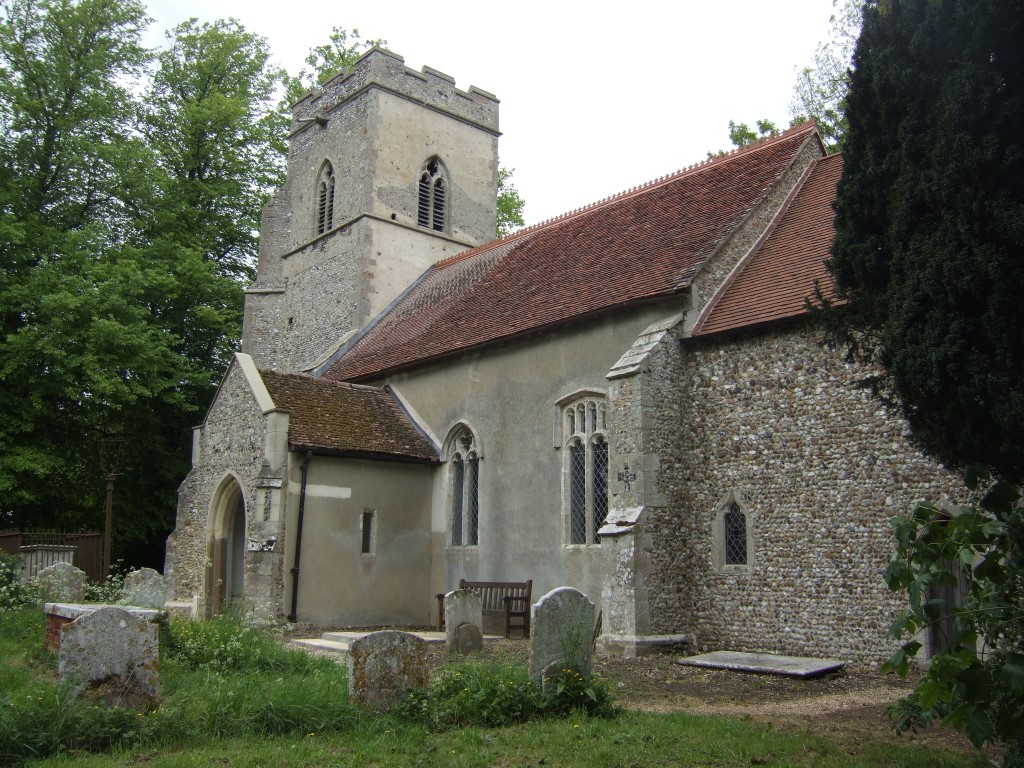DNA History
Recently I have tested my own “Flick” DNA (46 Marker Y-Test using Ancestry.com).
Using the information I have gathered from the results I have put forth some insights of which I cannot say have any definitive truth, but are simply an approximate estimation of likely events or scenarios regarding the history of the Flick Family and its surname.
Here are my Y-DNA markers:
Location: 19a 19b 385a 385b 388 389I 389II 390 391 392 393 426 437 438 439 441 442
Value: 14 – 11 16 12 13 29 24 11 13 14 12 15 12 11 14 17
Location: 444 445 446 447 448 449 452 454 455 456 458 459a 459b 460 461 462 463
Value: 12 12 13 25 19 31 30 11 11 15 16 9 10 11 12 11 24
These Values provide a high likelihood of R1b Haplogroup. Which is a common European Haplogroup found in large proportion of European males. This Haplogroup was the mutation that split apart from the other Haplogroups around 35000-40000 years ago as they made their way into Europe from the middle east and Africa. Even with these marker results, it is still not possible to guarantee 100% accuracy.
However using information I have gathered from other peoples Y-DNA who share a common paternal ancestor with myself and all Flicks with English heritage, I can make some estimates into the history of English Flicks. Using the following information I can draw some conclusions on to where the Flicks were likely from in history:
1. There are other people who share a common paternal ancestor within the past 1500 years, with myself that have done SNP tests which indicate they are likely R1b1c9. Logically this information should mean that as long as there were no errors in my test or theirs, that I too would be part of that subgroup.
2. After examining Family Trees from others who share a common paternal ancestor within the past 1000 years, I have seen that many have evidence for English roots over that of European in the past millenium.
3. There are others who share a common paternal ancestor 800-900 years ago that have a different surname.
Conclusion:
As long as my test, and others who share common paternal ancestry with myself have had no errors, and there was no undetected adoption in mine or their trees, there is possible likelihood of the following historical origin:
It is possible that the English Flick Y chromosome is R1b1c9. It is also possible that when Flicks came from Europe (likely from Germany) to the British Isles that this occurred before or around the time of the Norman Invasion (1000-1100) as all common paternal ancestors with others after this period have apparent English ancestry. There is also the possibility that the Flick name came in existence during the 12th or 13th centuries, as common paternal ancestors with others have revealed different surnames before this point.
